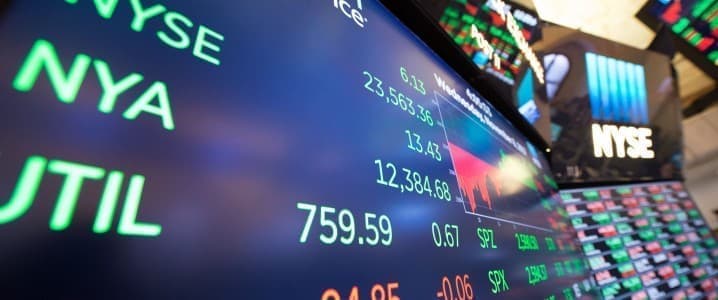Why $80 Oil Won't Destroy Demand

▶Global oil demand is on course to recover to pre-pandemic levels by the end of the year
▶U.S. demand is leading the way, with petroleum product demand approaching all-time highs this summer
▶The rollout of vaccines across Asia is only going to speed up the recovery of global oil demand
The $80 per barrel threshold may not be the limit for oil prices in the coming months as global demand recovery continues and record natural gas prices spur more demand for oil products for power generation and heating.
Despite the still lingering concerns over the Delta variant in many countries, mobility in developed economies continues to narrow the gap with 2019 levels amid higher vaccination rates and strong economic recovery. Although developing economies in South and Southeast Asia are still imposing intermittent localized lockdowns, oil demand globally continues to grow and is set to reach pre-pandemic levels within a few months.
So, 2019 was not the year of peak oil demand, as some analysts predicted in the first half of 2020 when COVID had most of the world on lockdown.
In addition, the skyrocketing natural gas and power prices are boosting the overall energy market rally and are set to result in more oil product demand in a gas-to-oil switch, especially in parts of Asia.
On Friday, the U.S. benchmark, WTI Crude, broke above $80 per barrel for the first time since 2014 as the world scrambles for energy supplies for the winter. Early on Monday, oil continued to rise in Asian trade, with Brent Crude topping $84 and WTI at $82.
The rally in prices is not only the result of the energy supply crisis in Europe and Asia.
Global oil demand continues to recover at a healthy pace, although the pandemic is still with us, Ed Crooks, Wood Mackenzie’s Vice-Chair, Americas, notes.
The pandemic is still a factor on the global oil market, but “its impact on the world economy and on energy demand is fading,” Crooks wrote in a commentary on Friday.
WoodMac - like many other consultancies, analysts, and oil majors - expects global demand worldwide, even at its uneven pace across regions, to reach pre-COVID levels by the third quarter of 2022.
This quarter, global oil demand is forecast to grow to around 99 million barrels per day (bpd), up from 97 million bpd in the third quarter, when demand rose by 6 percent compared to the third quarter of 2020, according to Wood Mackenzie.
Oil demand globally is recovering from the summer Delta variant spike faster than some observers had expected. Then, soaring prices of natural gas and coal in Europe and Asia are forcing more gas-to-oil switching at power generating units globally, further pushing up demand for oil.
Many analysts and oil companies see global oil demand returning to the pre-crisis levels of 2019 as early as the start of next year, if not earlier, by the end of 2021.
Oil demand in the United States is at the forefront of recovery, with petroleum product demand over the summer approaching its all-time highs at about 21 million bpd, Wood Mackenzie’s Crooks notes.
“Mobility data show that even as the Delta variant of Covid-19 caused a surge in US infections, people kept driving,” he added.
The rollout of vaccines in developing economies in Asia will likely ease the pressure for intermittent lockdowns in the region. The countries with slower demand recovery than the U.S. can be expected to catch up, according to Suzanne Danforth, Wood Mackenzie’s Americas markets lead for downstream oil.
“The rebound in high-income countries with high vaccination rates is giving an indication of what other countries can look forward to,” WoodMac says.
As demand recovery continues, the supply side is also putting upward pressure on oil prices, after OPEC+ decided last week to keep plans for easing the cuts unchanged, despite calls for more supply from consuming countries, including the United States. OPEC+ will increase supply in November by 400,000 bpd - the minimum the market was expecting ahead of the meeting.
Tightening oil and other energy commodity markets have rekindled speculation about how high oil prices could go and whether they could reach $100 a barrel, especially if this winter in the northern hemisphere turns out colder than usual.
The $80 a barrel threshold is typically seen as the trigger of demand destruction, but with tight natural gas and coal markets globally, this winter’s demand-destruction price point could be higher.




